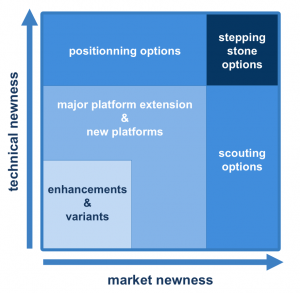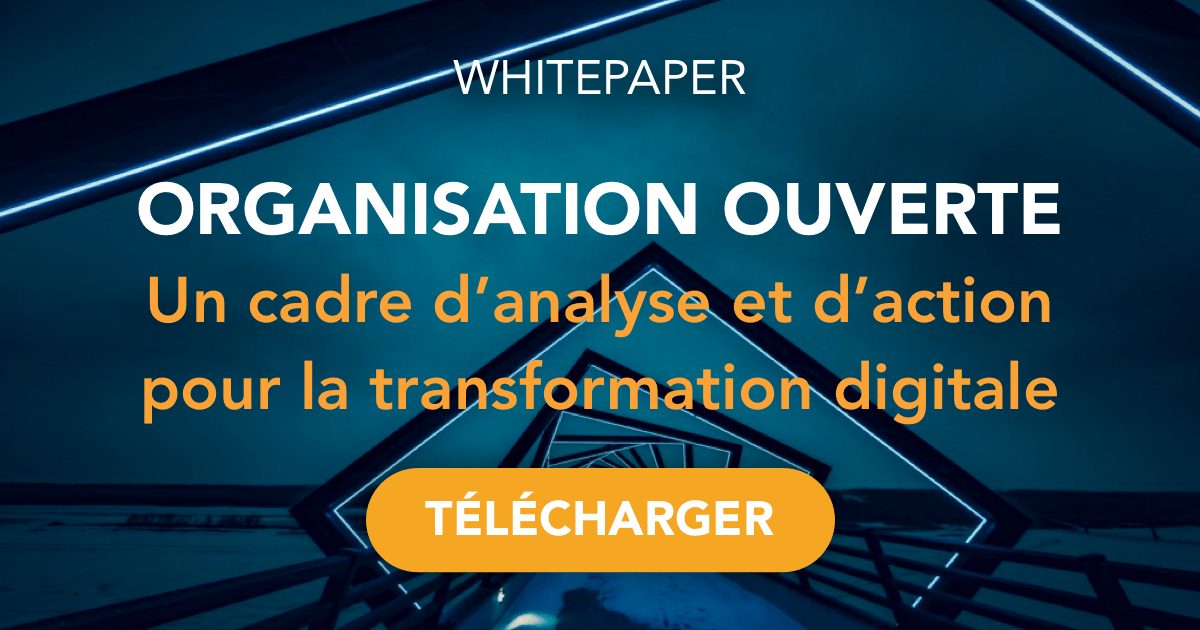The expression « open innovation », coined by Henry Chesbrough in 2003, has become increasingly fashionable in Europe and large industrial groups are looking for ways to implement « open innovation ». « Open innovation » has popped up in the program of most professional training agencies and is the subject of many conferences on innovation. This was the case for the first edition of the Grenoble Innovation Fair (GIF), held in Grenoble on 22 and 23 October.
The conference started with an excellent presentation by Wim Vanhaverbeke on open innovation. This was followed by a presentation by Dr Monica Beltrametti, Vice President of the Xerox Research Centre Europe (XRCE). Although Xerox is known for having missed the transition from closed to open innovation in the US by having failed to capture the value of some of the value technologies developed in their PARC labs in Palo-Alto in the 1970’s (the mouse, the graphical user interface etc.), times have changed. Strong from their decades of experience, Dr Monica Beltrametti gave five lessons in implementing open innovation.
Lesson 1: tie open innovation to your strategy
- For incremental innovation (enhancement & variants), Xerox uses more and more suppliers to reduce costs. Xerox also uses technology brokers.
- For emerging technologies (major platform extensions & new platforms), Xerox works often with its partner Fuji Xerox.
- For new markets (scouting options), Xerox opens as much as possible to external ideas and participates in EU and governmental projects.
- For exploration, i.e. the use of new technologies in new markets (stepping stone options), Xerox has explored pre-competitive consortia with other large companies such as Kodak, Motorola etc.
Lesson 2: check that you have all the right ingredients
Xerox has used technology brokers and web-based idea marketplaces such as Ninesigma or Innocentive for technology enhancements and variants (NDR maybe one day PRESANS!).
To use such open innovation intermediaries, their advice is to measure the skills of the broker and make sure that using an intermediary is cheaper than looking for a solution internally. In addition,
- You should write your proposal very carefully and include measures to help you evaluate solutions?
- The broker needs to have very good skills in the relevant domain.
Lesson 3: make your customers an integral part of your open innovation strategy
Seems kind of obvious, but should not be forgotten.
Lesson 4: build and leverage your network
Build a large network and make use of it for your open innovation strategy. Use it to take non-core business technologies out and to capture new ideas from outside.
Lesson 5: manage IP to support your strategy
Agreements are twice as long today and more complex than a decade ago. Each organization, university, public laboratory, industry has its own reasons and goals, not to mention the rules that vary from one country to the other. This made it very difficult to start open innovation for Xerox in Europe.
Conclusion
« It does not come for free! »
Dr Monica Beltrametti, Vice President of the Xerox Research Centre Europe
Successful companies will be the ones that successfully implement open innovation and know how to handle “partners on demand”.
Thank you to Irene Maxwell (Communications Manager, XRCE) for the proof-reading.
References and links
References
Dr Monica Beltrametti, Vice President of the Xerox Research Centre Europe (XRCE), Grenoble Innovation Fair (GIF), Grenoble, 22 and 23 October 2009.
Illustration
- The photo « Xerox Alto Mouse » is under license Creative Commons; it is available here.
- The graph “market and technical newness” is after MacMillan, McGrath, RTM Sept 2002.





Rétroliens/Pings